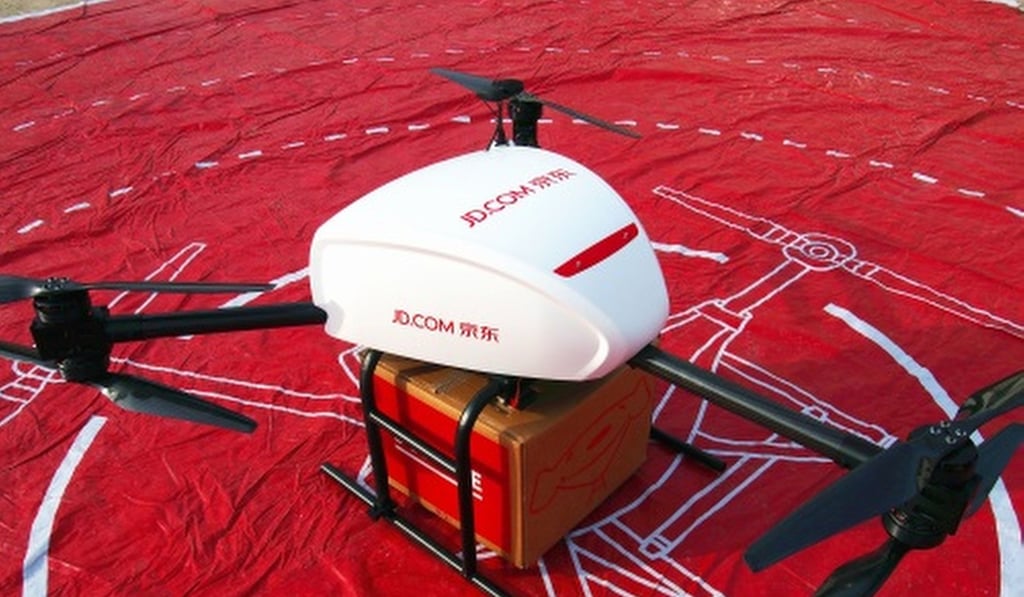The robots are coming: here are some jobs that won’t exist in 10 years
Radiologists and call centre operators are among those that could soon be replaced by artificial intelligence

Automation has already caused job losses in a number of industries, and computer scientists reckon there’s a lot more to come.
The World Economic Forum estimated last year that there would be more than 5.1 million jobs lost to machines between 2015 and 2020, assuming artificial intelligence (AI) development continues at its current rate.
If you have friends going through medical schools graduating with a degree in radiology, I think they have a perfectly fine five-year career as a radiologist
Couriers have found themselves among the first in the firing line as delivery firms and online retailers increasingly turn to new technologies.
E-commerce giants Amazon and Alibaba have already started automating deliveries to shorten the time taken for small packages to reach their destination, while Beijing-based JD.com wants to deploy heavy-load drones to carry cargo weighing over a ton.
Robots have been a staple of the factory floor for decades now, their use increasing as they’ve become more sophisticated.

If your job requires carrying out repetitive tasks, the chances are it may be taken over by machines or algorithms in five to 10 years’ time.